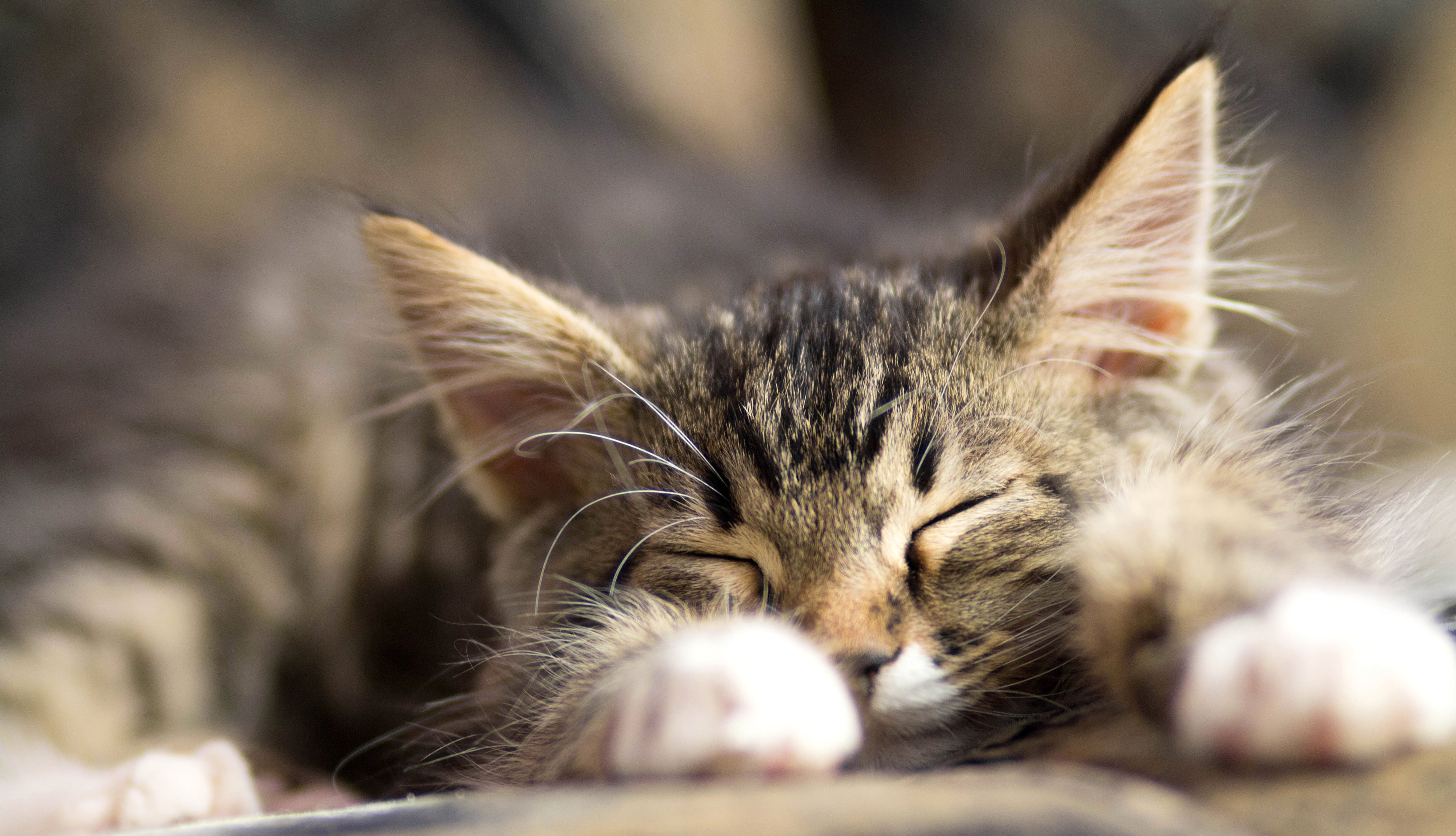As a cat owner, you probably understand all too well how your cat loves to leave you unsolicited gifts. Whether these gifts are long dead, barely alive, or not moving, one thing’s for sure: they’re all unpleasant.
One of these gifts may include a weekly (and freshly regurgitated) hairball–and that’s completely natural for cats. But if your pet coughs up hairballs one too many times, then you might want to minimize its hairy dilemma, along with the not-so-enjoyable cleanup.
So what causes hairballs? And how do you prevent them from becoming a regular occurrence? Read on and learn more about how to deal with your cat’s hairy situation.
What Are Hairballs?
Before tackling your cat’s hairy situation at home, it’s important to understand what hairballs really are.
Here’s the most common misconception about hairballs: they aren’t actually balled-up hair. They come out in a tubular shape, along with a bit of bile and saliva, like a cigar-like wad of mess.
You likely know that already. But here’s a lesser-known fact about hairballs: they’re a sign of a healthy grooming habit.
Most cats groom themselves and have no problem passing excess fur through their digestive systems. But sometimes, a huge amount of their fur gets stuck in their stomachs, making cats regurgitate it back up and expel hairballs.
How to Spot an Incoming Hairball
The tell-tale signs that your cat is about to cough up a hairball are gagging, hacking, or retching.
Hairballs are typically harmless. But they can get trapped in cats’ intestines. This situation may require your cat to undergo surgery.
If your cat continuously retches and coughs without expelling a hairball, seems lethargic, vomits food, or refuses to eat, you’ll have to seek medical attention immediately.
Ways to Reduce Hairballs
Again, occasional hairballs aren’t usually a cause for alarm. But they can be unpleasant to both you and your cat.
Here are a few ways to prevent your cat from retching up gobs of sticky fur:
Groom Your Cat
To keep excess fur from getting stuck in your cat’s stomach, you have to remove it yourself by brushing your cat regularly. The more fur your brush off your cat, the less it will swallow.
For short-haired cats, weekly brushing will suffice. Long-haired cats, on the other hand, will benefit from daily brushing.
Provide a Distraction
Is your cat an obsessive groomer? You might want to distract it from licking itself and encourage it to cuddle or play with you.
Not only will you minimize the occurrence of hairballs–you’ll also get to squeeze in some bonding time with your cat.
Feed Your Cat Some Hairball-Control Food
Increasing your cat’s fiber intake can help significantly reduce hairballs. You can do so by feeding it cat food that’s specially formulated for hairball control.
Most hairball-control cat foods also help lessen shedding and boost coat health. Besides this, there are lots of other fiber-rich hairball remedies, like mild laxatives, fish oil, and pumpkin.
No matter which hairball product you choose, consult your vet first before giving it to your pet.
Give Your Cat Plenty of Water
Another way to get your cat’s digestive tract going (and decrease hairballs) is to keep it hydrated.
Try placing bowls of water in the kitchen, bathroom, and wherever your cat normally drinks. By encouraging your cat to drink more water, you can easily prevent hair from clumping in its stomach.
Visit Your Vet
If all else fails, it’s always a good idea to talk to your veterinarian. Your vet will help you identify the cause of your cat’s excessive grooming and come up with solutions to treat its hairball problem.
Oxford at Country Club Apartments in Baytown, TX



